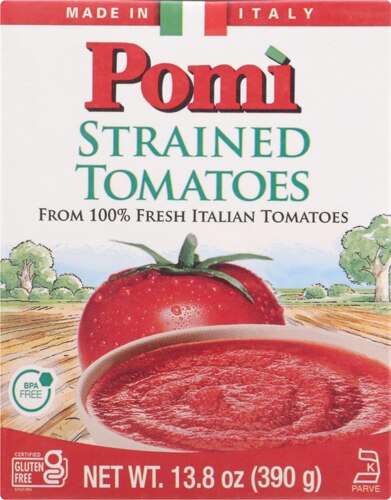The Supplemental Nutrition Assistance Program (SNAP), formerly called the Food Stamp Program, is designed primarily to increase the food purchasing power of eligible low-income households to help them buy a nutritionally adequate low-cost diet. This report describes the rules related to eligibility for SNAP benefits as well as the rules for benefits and their redemption. SNAP is administered by the U.S. Department of Agriculture’s Food and Nutrition Service (USDA-FNS). SNAP is authorized by the Food and Nutrition Act of 2008. This law, formerly the Food Stamp Act of 1977, has since 1973 been reauthorized by the farm bill, omnibus legislation that also typically includes the authorization of other federal agricultural policies and programs. The program was most recently reauthorized by the 2014 farm bill (P.L. 113-79, enacted February 7, 2014). SNAP eligibility and benefits are calculated on a household basis. Eligibility is determined through a traditional or a categorical eligibility path. Under traditional eligibility, applicant households must meet gross income, net income, and asset tests. Specifically, household gross monthly income (all income as defined by SNAP law) must be at or below 130% of the federal poverty level, and household net (SNAP-specified deductions are subtracted) monthly income must be at 100% of the federal poverty level. The traditional asset rules are set at $2,000 per household (inflation adjusted). (Households that contain an elderly or disabled member have a higher asset limit and also do not have to meet the gross income test.) Under categorical eligibility, SNAP eligibility is automatically conveyed based upon the applicant’s participation in other means-tested programs, namely Supplemental Security Income (SSI), Temporary Assistance for Needy Families (TANF), or General Assistance (GA). Because TANF is a broad-purpose block grant, the state option to extend SNAP eligibility to applicants that receive a TANF-funded benefit allows states to offer program eligibility under rules that vary from those discussed in this paragraph, including an elimination of the asset test. If eligible for SNAP, an applicant household also undergoes a calculation of its monthly benefit amount (or allotment). This calculation utilizes the household’s net income as well as the maximum allotment, a figure that equals the current value of the Thrifty Food Plan (TFP). The American Recovery and Reinvestment Act temporarily increased this value; this increase ended after October 31, 2013. Benefits are issued on an EBT card, which operates with a declining balance like a debit card. Benefits are not cash, may not be accessed at an automatic teller machine, and are redeemable only for foods. Benefits may be redeemed for foods at licensed retailers, which may include a wide variety of retailers so long as retailers meet licensing requirements. This report focuses on SNAP eligibility and the form and function of benefits. For an overview of SNAP along with the other USDA-FNS programs, such as the Emergency Food Assistance Program (TEFAP), Commodity Supplemental Food Program (CSFP), and National School Lunch Program (NSLP), see CRS Report R42353, Domestic Food Assistance: Summary of Programs. For issues related to SNAP and the new farm bill, see CRS Report R43332, SNAP and Related Nutrition Provisions of the 2014 Farm Bill (P.L. 113-79)





















